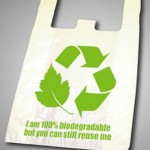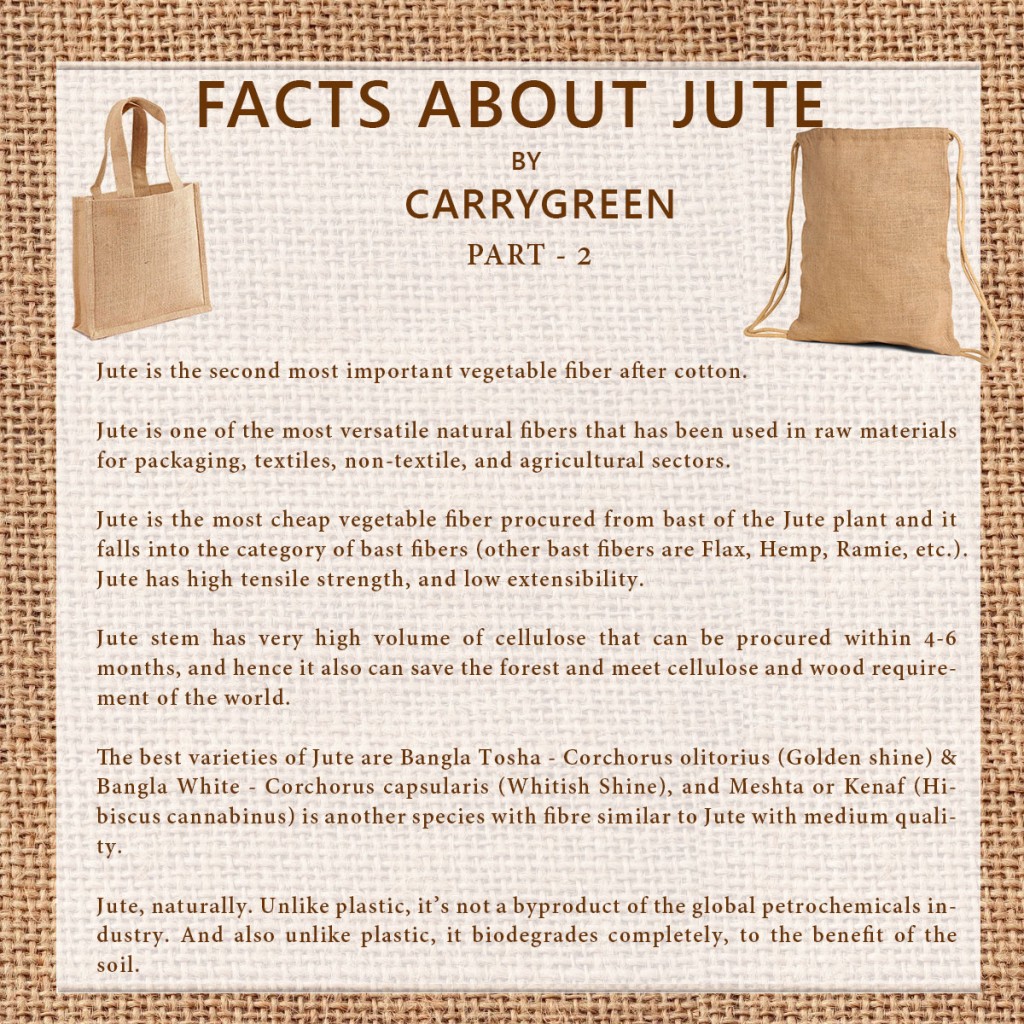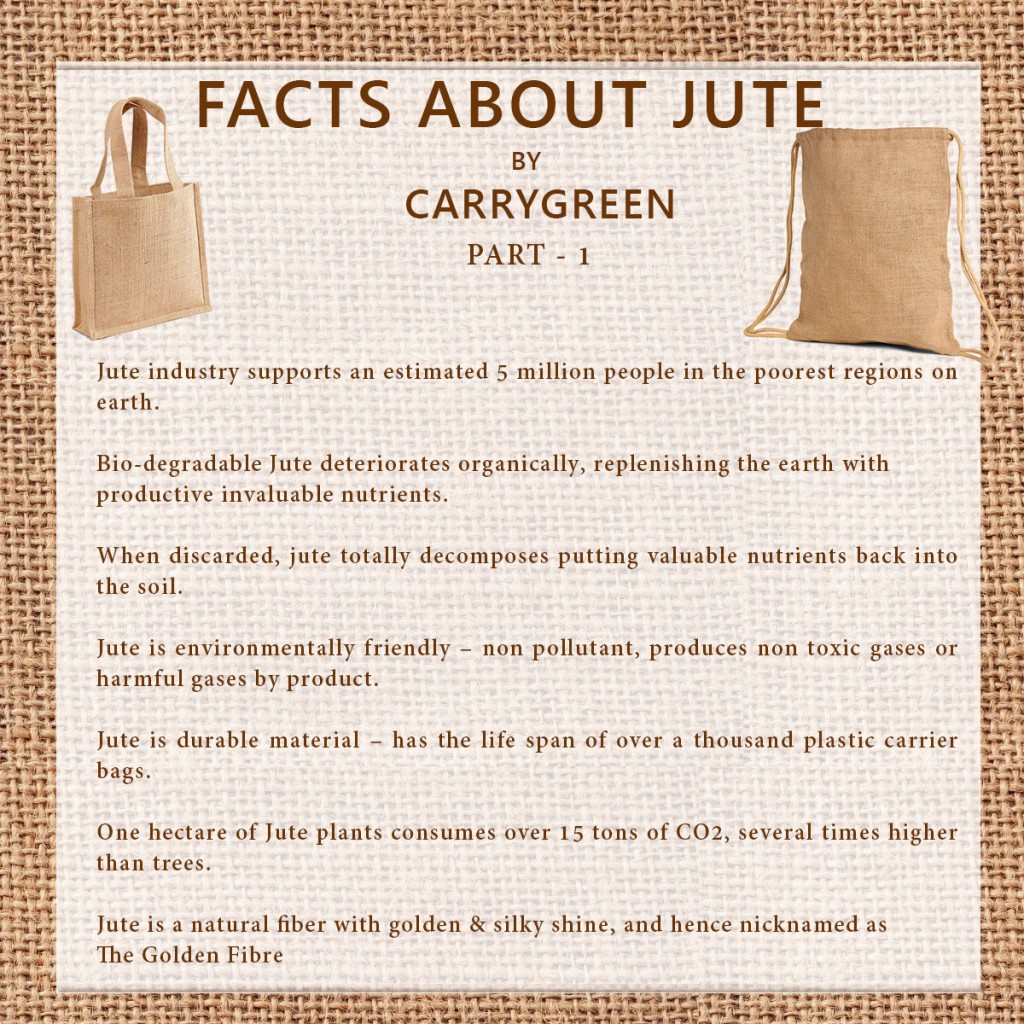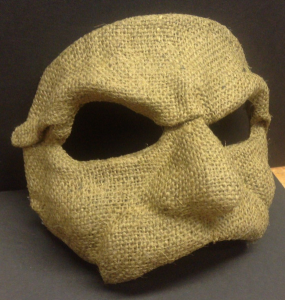jute
-
Posted: October 11, 2016Categories: ProductsRead more »
Yoga is a cure to many ailments but it needs to be performed with care to avoid injuring oneself. Many times accidents occur while doing yoga exercises.
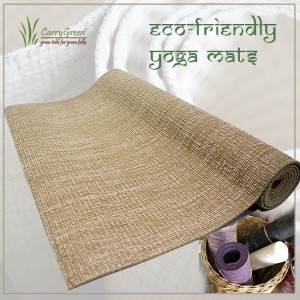 Yoga mats should be used to avoid such circumstances as they provide traction and cushioning. Nowadays markets are flooded with a variety of yoga mats. You can find them in different sizes, shapes and colors. They are available in different materials also. Yoga mats made of cotton are soft and thick and give excellent support to your body while doing yoga. They are completely natural and have beautiful texture and color. Mats made of jute are latex free and are made by meshing jute fiber with Polymer Environmental
Yoga mats should be used to avoid such circumstances as they provide traction and cushioning. Nowadays markets are flooded with a variety of yoga mats. You can find them in different sizes, shapes and colors. They are available in different materials also. Yoga mats made of cotton are soft and thick and give excellent support to your body while doing yoga. They are completely natural and have beautiful texture and color. Mats made of jute are latex free and are made by meshing jute fiber with Polymer Environmental -
Posted: May 31, 2016Read more »
You can brighten up a room quickly with inexpensive prints or kids' drawings, just by putting them in discount frames. If you want to take it one more notch, you can personalize the look with some custom colored burlap, and pep up your new framed collection.

To keep things inexpensive, you can find a source of frames that include single mats. You can often find these in a variety of sizes and styles for less than $10.00. Cover the mat with burlap in order to add an organic and beautiful look to your display.
-
Posted: May 03, 2016Categories: ProductsRead more »
A lot of products these days are claiming to be recyclable, biodegradable, made from recycled materials, etc. An item that is biodegradable is a product or material made from an eco-friendly material that decomposes in landfills or other environments such as people litter or roadsides. Natural materials are biodegradable because they come directly from other natural fibers or plants. A large majority of the natural fibers are produced by plants. These kinds of materials are made from cotton – the largest plant fiber. Jute is the second largest plant fiber in manufacturing material. Natural fibers are also produced by animals. Materials like wool from sheep and alpaca fibers will decompose naturally. The fibers are woven into fabric and it is the fiber that is biodegradable.
-
Posted: March 02, 2016Read more »
Some plastics are biodegradable. These materials are manufactured with a chemical base that causes a rapid breakdown.
Traditional plastics breaks down in landfills, however it takes years to see any results. But, it takes only a few months to few years for biodegradable plastics to fully decompose. There are many ways to degrade materials. In landfills, microorganisms actually "eat" the materials. They are broken down by enzymes, and the rate of this process depends
-
Posted: February 08, 2016Read more »
Jute is the second most important vegetable fiber after cotton.
Jute is one of the most versatile natural fibers that has been used in raw materials for packaging, textiles, non-textile, and agricultural sectors.
Jute is the most cheap vegetable fiber procured from bast of the Jute plant and it falls into the category of bast fibers (other bast fibers are Flax, Hemp, Ramie, etc.).
Jute has high tensile strength, and low extensibility.
Jute stem has very high volume of cellulose that can be procured within 4-6 months, and hence it also can save the forest and meet cellulose and wood requirement of the world.
The best -
Posted: January 15, 2016Categories: Infographic
-
Read more »
An inevitable autumn chore is to rake leaves into piles. Putting the piles of leaves into bags is easier said than done. Plastic bags are not made for natural breakdown. This process can contribute to organic landfill waste or worse.
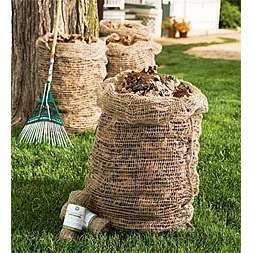 If left at curbside they are ugly and can cause storm drain clogging which may lead to flooding. Jute, a biodegradable and recyclable material is user and environmentally friendly, and fertilizes the yard. A product for collection and composting of leaves called garden composting leaf sacks. We can use the option of biodegradable leaf collection sacks for a win-win situation. The environment wins in two ways. First composting
If left at curbside they are ugly and can cause storm drain clogging which may lead to flooding. Jute, a biodegradable and recyclable material is user and environmentally friendly, and fertilizes the yard. A product for collection and composting of leaves called garden composting leaf sacks. We can use the option of biodegradable leaf collection sacks for a win-win situation. The environment wins in two ways. First composting -
Read more »
If you are planning on attending Halloween costume parties this Halloween, then make it a great experience by choosing a costume that will be comfortable to wear. If you have found a mask that is a full-over-the-head mask that is made of latex, take into consideration the ventilation and whether or not you could modify it to be more comfortable without losing the visual effects. While some of the best looking costume masks are made of latex and full-over-the-head, these masks can get unbearably hot, and if not
-
Posted: September 29, 2015Read more »
Normally you would only think about place cards when planning a seating chart. However you would never really consider them as favors. An interesting new option is plantable place cards.
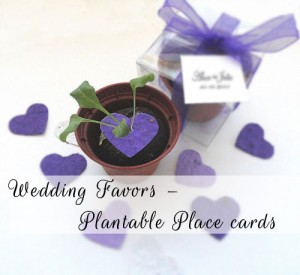 These seating cards are biodegradable and when a guest plants them in their garden, they will produce a variety of plants from the seeds hidden inside of them. These are great for a green and eco-friendly option for a bride who does not want to waste paper and since they are customizable, they can be a great way to promote a favorite ecofriendly or green organization. Asking for promotional gear from your favorite charity is a great option for the bride looking to save money on favors while championing their favorite causes.
These seating cards are biodegradable and when a guest plants them in their garden, they will produce a variety of plants from the seeds hidden inside of them. These are great for a green and eco-friendly option for a bride who does not want to waste paper and since they are customizable, they can be a great way to promote a favorite ecofriendly or green organization. Asking for promotional gear from your favorite charity is a great option for the bride looking to save money on favors while championing their favorite causes. -
Posted: June 22, 2015Read more »
Non-wood plant fibers have been used to make paper for centuries. Nowadays jute, kenaf and other similar fibers are cultivated in Southeast Asia and the Far East. Kenaf is one of the allied fibers of jute and shows similar
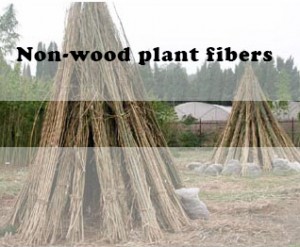 22characteristics. Kenaf was long used for pulp production in Bengal and came to the attention of the West probably in the late nineteenth century when it was noted as a strong fiber, that was superior in strength to even the paper from which the Bank of England notes were made. The kenaf plant has been selected from 500 other plants as the most promising non-wood fiber alternative for the manufacture
22characteristics. Kenaf was long used for pulp production in Bengal and came to the attention of the West probably in the late nineteenth century when it was noted as a strong fiber, that was superior in strength to even the paper from which the Bank of England notes were made. The kenaf plant has been selected from 500 other plants as the most promising non-wood fiber alternative for the manufacture

